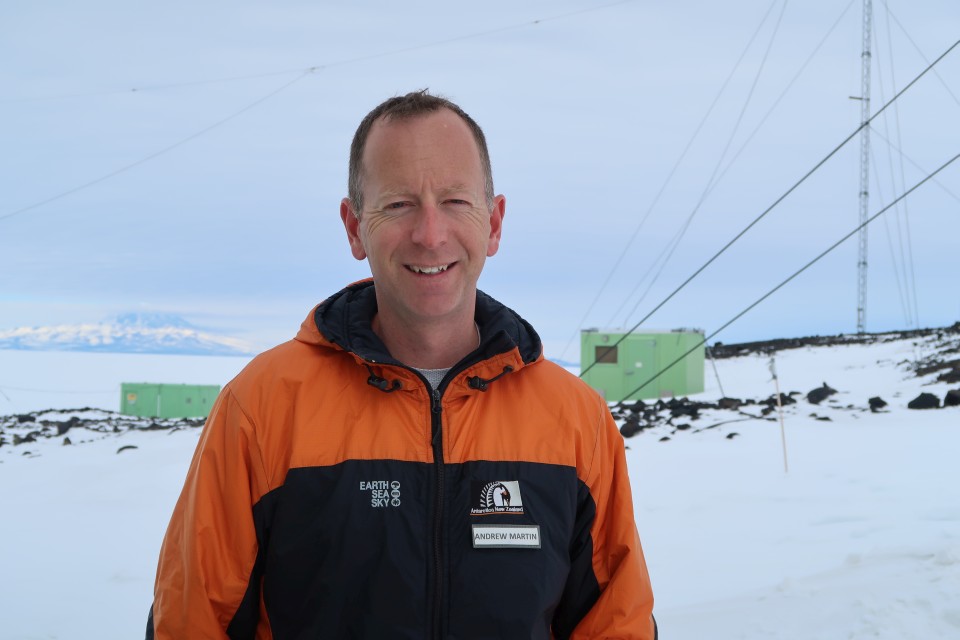You can contact LEARNZ, part of CORE Education, at:
Postal Address:
PO Box 13 678,
Christchurch 8141,
New Zealand
Scientist - Microbial Ecophysiologist.
Postdoctoral Researcher within the Antarctic Gateway Partnership at IMAS (Institute for Marine and Antarctic Studies).
Drilling holes in the sea ice! I love the special drills we use to cut through the ice – very powerful and very noisy!
Hmm… taking care of the poo buckets is never fun! Luckily, the poo freezes really quickly down here…so the smell is not too bad.
My research focus is Antarctic microbial ecology. I’m looking at the effects of climate change on sea ice microbial communities (microalgae, bacteria, viruses) and how this in turn will affect Antarctic coastal marine ecosystems. I’m currently working on biological microsensors that we will use in Antarctica to monitor microbes. I also work in a state-of-the-art lab where I test the resilience of sea ice microbial food webs to environmental stress.
One time, I visited Antarctica at the end of winter – the temperature was -40 degrees and there was not much sunlight. We had to attach a whole bunch of plastic sheets to the ice – red, blue, green, and clear. One of my team got frostnip because it was so cold, but we got the job done.
Once at a field camp hundreds of kilometers away from Scott Base, we dug a poo hole in the ice. My job was to make sure the poo stayed at the bottom of the hole. Unfortunately, I forgot to do the job one day… and the pile of poo started to grow….and grow….and grow, because I kept forgetting. Eventually, we had a ‘tower of terror’ and my supervisor had to attack the poo with a pick axe. Needless to say, I learnt a valuable lesson about ‘poo maintainence'.
PhD - Victoria University of Wellington.
Mountaineering, hockey, tramping.

Andrew Martin is Microbial Ecophysiologist at the University of Tasmania. Image: LEARNZ.